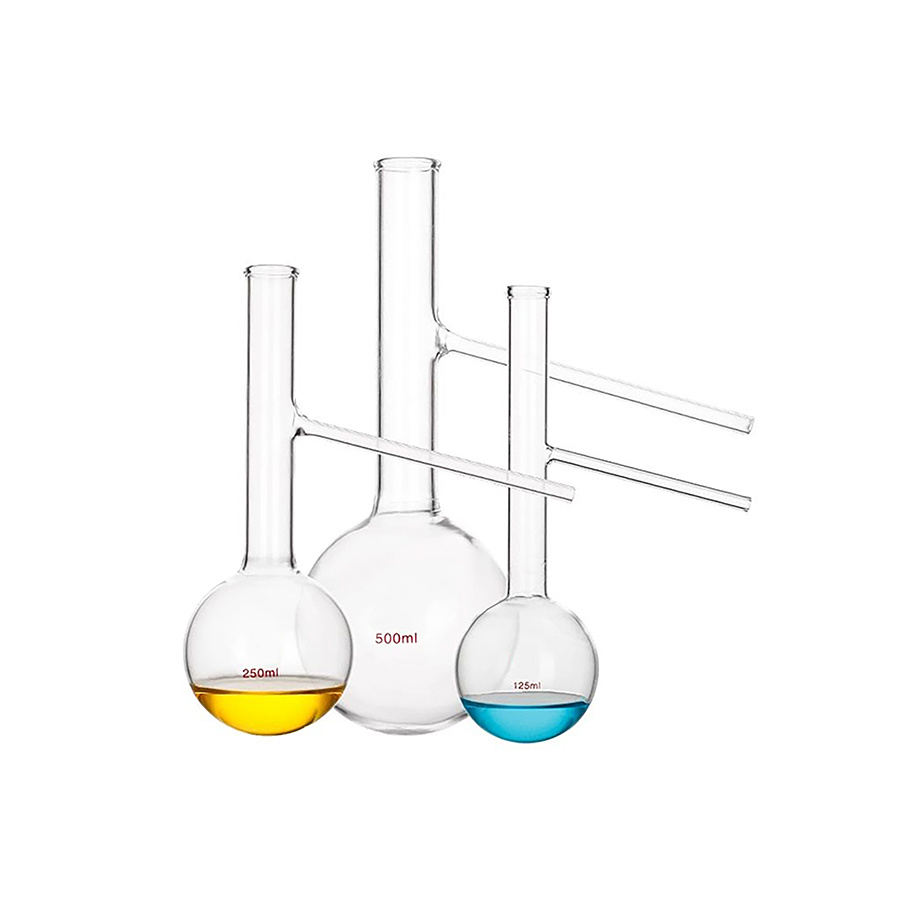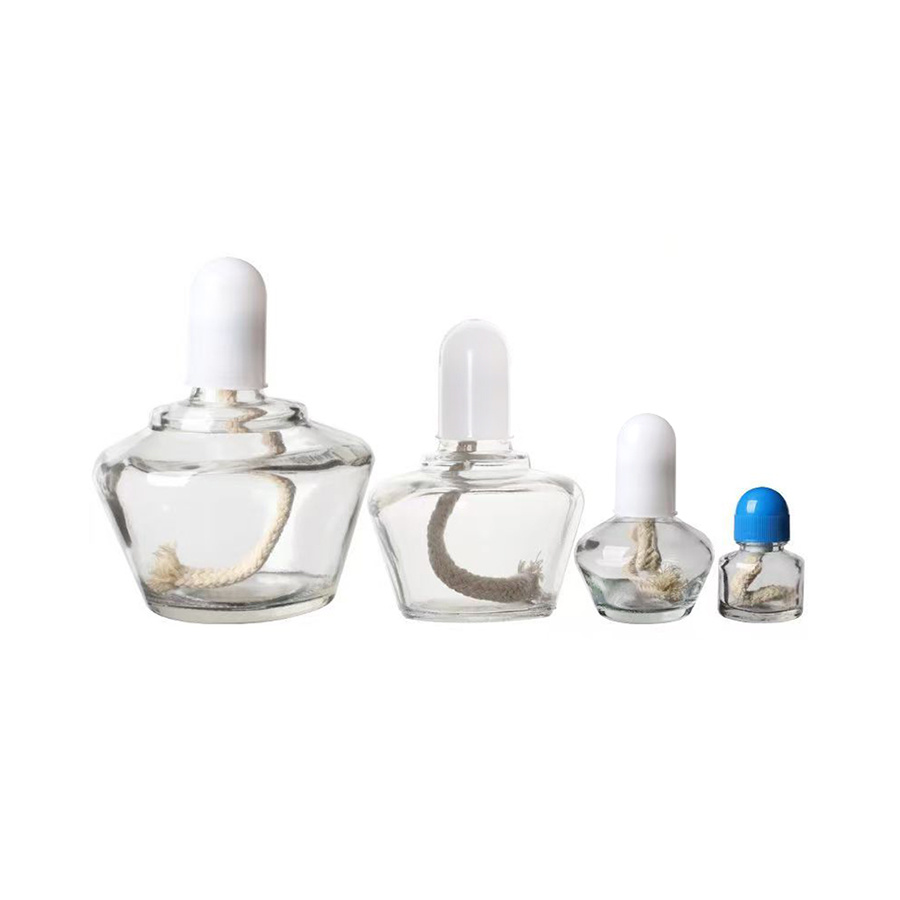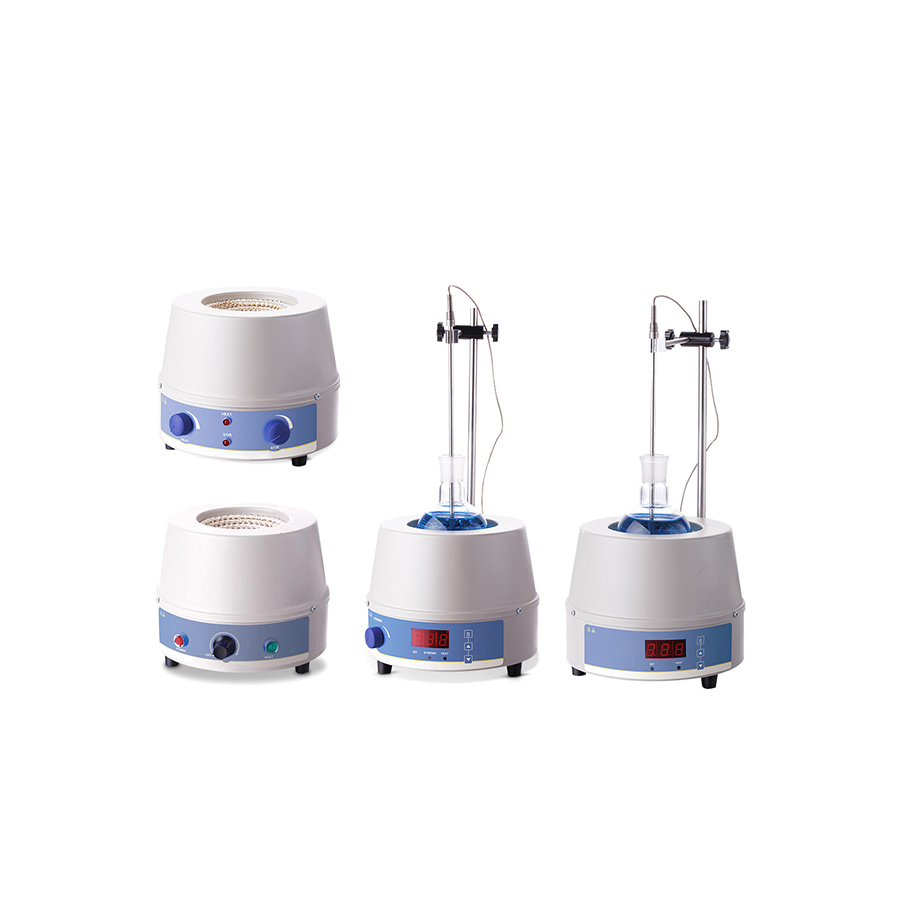Quality Assured
Just Buy It
- Comparison
- 在线预约
- 预约申请
- 样品申请
- 在线询价
Boiling Stones
Boiling Stones
PZ-A,PZ-B,PZ-C,PZ-D

Brand:
RUISCI
-
Click to select
- PZ-A-01,4mm,10mm,25g/Pack
- PZ-A-02,4mm,10mm,10g/Pack
- PZ-A-03,4mm,10mm,50g/Pack
- PZ-A-04,4mm,10mm,100g/Pack
- PZ-A-05,4mm,10mm,200g/Pack
- PZ-A-06,4mm,10mm,250g/Pack
- PZ-A-07,4mm,10mm,500g/Pack
- PZ-A-08,4mm,10mm,1kg/Pack
- PZ-B-01,4mm,5mm,25g/Pack
- PZ-B-02,4mm,5mm,50g/Pack
- PZ-B-03,4mm,5mm,100g/Pack
- PZ-B-04,4mm,5mm,200g/Pack
- PZ-B-05,4mm,5mm,500g/Pack
- PZ-C-01,3mm,5mm,100g/Pack
- PZ-C-02,3mm,5mm,500g/Pack
- PZ-D-01.3mm,10mm,500g/Pack
Inventory
4288
隐藏域元素占位
Overview
Boiling Stones are used to prevent liquids from boiling violently when heated. When heated, liquids may suddenly and violently boil (i.e., boil over) due to the lack of vaporization centers. Boiling stones provide a large number of vaporization centers through their porous structure, allowing the liquid to boil steadily and ensuring the safety of experimental operations.
Features
1.High-efficiency anti-boiling over: The porous structure can continuously produce fine bubbles, greatly reducing the probability of liquid boiling over, ensuring the safety and smooth progress of experiments.
2.High-temperature resistant and durable: Can withstand repeated heating and cooling, is not prone to cracking, has a long service life, and is economical.
3.Convenient to use: The particle size is uniform, and it can be used immediately upon addition.
Technical data

Precautions:
1.For laboratory use only: This product is for laboratory use only and must not be used in food processing or any food-related situations.
2.Addition time: It must be added after the liquid has cooled and before heating. If added directly to hot liquid, it may cause the liquid to boil violently and splash, posing a risk of scalding!
3.Safe storage: Please store in a sealed container in a cool and dry place, and avoid inhaling dust.
keyword:
Boiling Stones
COD Explosion-Proof Stone
Previous:
Next:
- 产品描述
- 概要参数
- 技术参数
-
- Brand: RUISCI
- Commodity name: Boiling Stones
- Subtitle: Boiling Stones
- Model: PZ-A,PZ-B,PZ-C,PZ-D
- 全部型号: PZ-A-01,PZ-A-02,PZ-A-03,PZ-A-04,PZ-A-05,PZ-A-06,PZ-A-07,PZ-A-08,PZ-B-01,PZ-B-02,PZ-B-03,PZ-B-04,PZ-B-05,PZ-C-01,PZ-C-02,PZ-D-01,Boiling Stones,COD Explosion-Proof Stone
Boiling Stones are used to prevent liquids from boiling violently when heated.
Boiling Stones are used to prevent liquids from boiling violently when heated. When heated, liquids may suddenly and violently boil (i.e., boil over) due to the lack of vaporization centers. Boiling stones provide a large number of vaporization centers through their porous structure, allowing the liquid to boil steadily and ensuring the safety of experimental operations.
-
1.High-efficiency anti-boiling over: The porous structure can continuously produce fine bubbles, greatly reducing the probability of liquid boiling over, ensuring the safety and smooth progress of experiments.
2.High-temperature resistant and durable: Can withstand repeated heating and cooling, is not prone to cracking, has a long service life, and is economical.
3.Convenient to use: The particle size is uniform, and it can be used immediately upon addition. -

Precautions:
1.For laboratory use only: This product is for laboratory use only and must not be used in food processing or any food-related situations.
2.Addition time: It must be added after the liquid has cooled and before heating. If added directly to hot liquid, it may cause the liquid to boil violently and splash, posing a risk of scalding!
3.Safe storage: Please store in a sealed container in a cool and dry place, and avoid inhaling dust.
Q and A
Q
Distribution Modes:
A
Default Distribution Mode: EXW China Factory: After your payment is received, our customer service will contact you to confirm the pickup time and location once the goods are ready at the RUISCI China factory.
*Other options:
1.Carriage Paid To (CPT)
DO NOT PAY until you have contacted customer service to add shipping costs, as the default price is EXW China factory.
2.Delivered Duty Paid(DDP)
DO NOT PAY until you have ·contacted customer service to add Freight, insurance, taxes, customs clearance fees, and other miscellaneous expenses, as the default price is EXW China factory. Typically applies exclusively to small air cargo packages.
3. FOB China main port
DO NOT PAY until you have contacted customer service to add the inland charges and export declaration charges, as the default price is EXW China factory.
*** If you still need to consult other distribution modes or trade terms, please contact our customer service directly
Q
Payment methods:
A
1. On-line payment: Paypal
2. Off-line payment: Telegraphic Transfer (TT)
*All charges, except those incurred within our bank, are to be borne by the remitter. Insufficient payment will delay your shipment.
Download
There is currently no content to display
Related products
Online consultation







